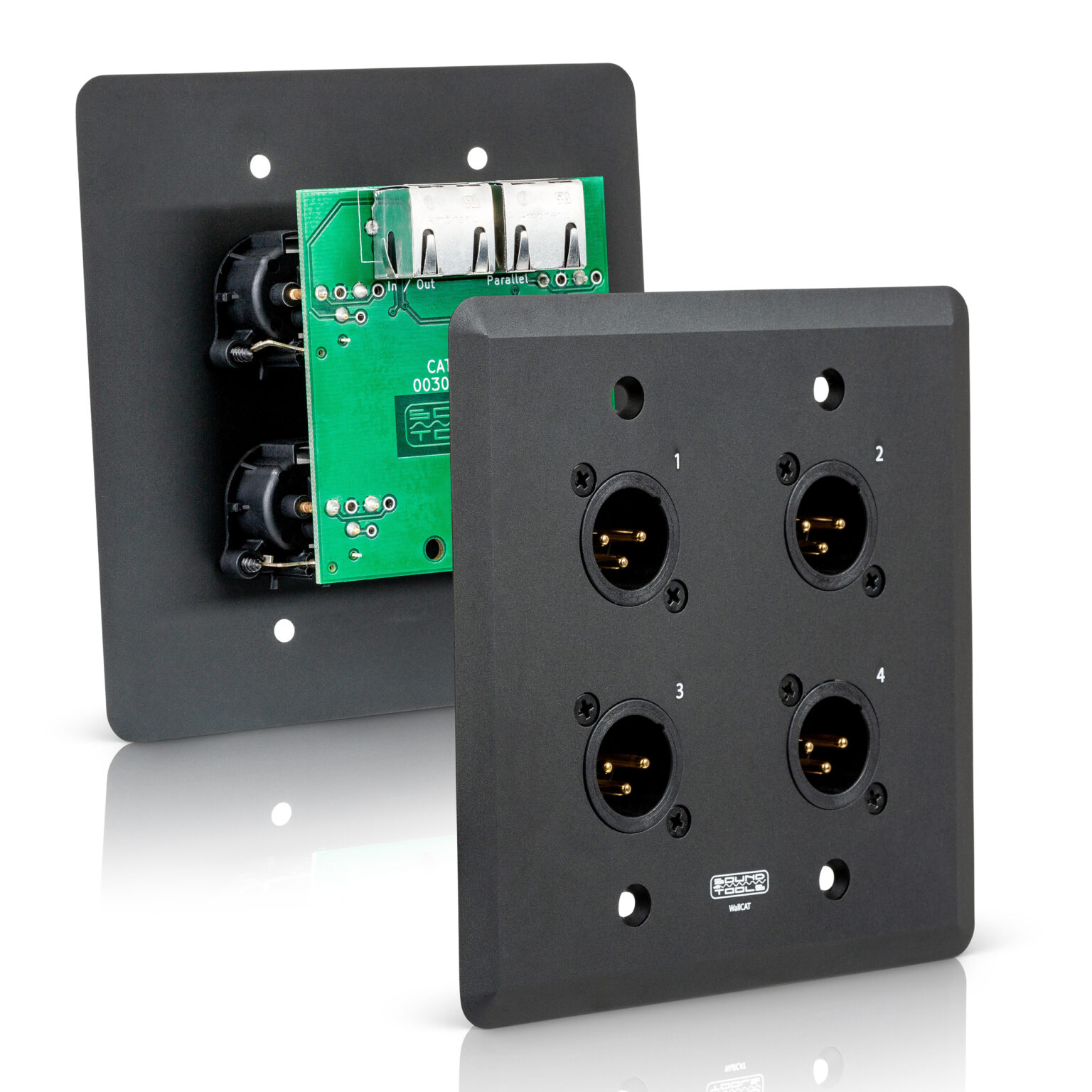

Overconfidence results from overestimating one’s ability or knowledge of a particular stock or macro-environment and underestimating the associated uncertainty and risks. Thus, they downplay the crucial negative information as rumour or unimportant. This leads to investors selectively choosing what information they believe as long as it supports their optimistic outlook for the chosen stock. Some investors might take this information to mean that the stock/commodity is over or undervalued after a sharp decline and hope for a quick rebound in the form of a V-bottom.Ĭonfirmation Bias is the tendency to interpret information that confirms an individual’s pre-existing beliefs or hypotheses and ignore/dismiss significant contradictory evidence. For example, a high or low occurred previously instead of looking at the macro-environmental factors. A dead cat bounce might prey on some of the following investor biases: Īnchoring occurs from relying too much on a fixed reference point rather than adjusting expectations based on updated information. According to this theory, investors can sometimes not be rational or objective in their timing of the market however, they are influenced by cognitive biases and emotions influencing and leading to herd behaviour, overreaction and underreaction. The phenomenon known as a dead cat bounce can be illustrated partly by the irrational and emotional behaviour of the market participants or traders. This phenomenon can be difficult to identify at the time of occurrence, and like market peaks and troughs, it is usually only with hindsight that the pattern is able to be recognised. The price fails to continue upward and instead falls again downwards, often surpassing the previous low. Technical analysis describes a dead cat bounce as a continuation pattern in which a reversal of the current decline occurs followed by a significant price recovery. Ī "dead cat bounce" price pattern may be used as a part of the technical analysis method of stock trading. A small upward price movement in a bear market after which the market continues to fall.A stock in a severe decline has a sharp bounce off the lows.Some variations on the definition of the term include: Along with this, it is doubtful that the security will recover with better conditions (overall market or economy). Second, the decline is "correct" in that the underlying business is weak (e.g. First, the securities have poor past performance. In other instances, the term is used exclusively to refer to securities or stocks that are considered to be of low value. The standard usage of the term refers to a short rise in the price of a stock that has suffered a fall. The spot oil price has recovered from under $10 a barrel to over $13 - but that also should not be confused with renewed life."ĭead cat bounces can also be seen in economies such as Venezuela between 19. But don't confuse that bounce with renewed life. If you threw a dead cat off a 50-story building, it might bounce when it hit the sidewalk. "This applies to stocks or commodities that have gone into free-fall descent and then rallied briefly. This quote was referenced throughout the 1990s and became widely used in the 2000s. proposed that "Beware the Dead Cat Bounce" be printed on bumper stickers and followed up with a graphic explanation. The phrase was used again the following year about falling oil prices. Both the Singaporean and Malaysian economies continued to fall after the quote, although both economies recovered in the following years. Journalists Chris Sherwell and Wong Sulong of the London-based Financial Times were quoted as saying the market rise was "what we call a dead cat bounce".


The earliest citation of the phrase in the news media dates to December 1985 when the Singaporean and Malaysian stock markets bounced back after a hard fall during the recession of that year. This may also be known as a "sucker rally". Derived from the idea that "even a dead cat will bounce if it falls from a great height", the phrase is also popularly applied to any case where a subject experiences a brief resurgence during or following a severe decline. In finance, a dead cat bounce is a small, brief recovery in the price of a declining stock. For the Irish comedy rock band, see Dead Cat Bounce.


 0 kommentar(er)
0 kommentar(er)
